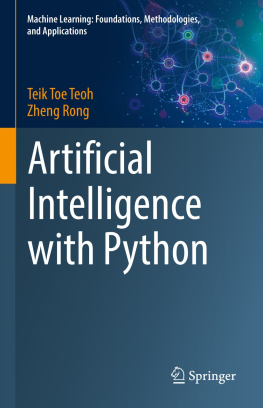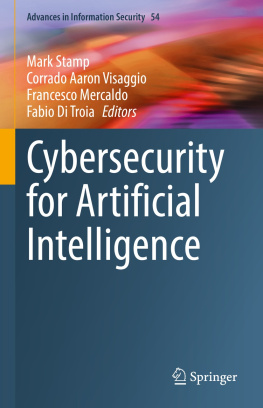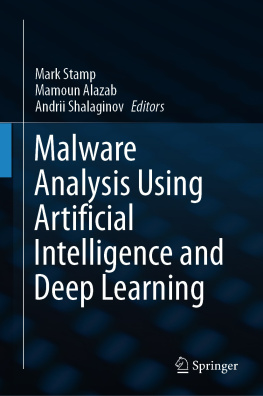Mark Watson - Practical Python Artificial Intelligence Programming
Here you can read online Mark Watson - Practical Python Artificial Intelligence Programming full text of the book (entire story) in english for free. Download pdf and epub, get meaning, cover and reviews about this ebook. genre: Home and family. Description of the work, (preface) as well as reviews are available. Best literature library LitArk.com created for fans of good reading and offers a wide selection of genres:
Romance novel
Science fiction
Adventure
Detective
Science
History
Home and family
Prose
Art
Politics
Computer
Non-fiction
Religion
Business
Children
Humor
Choose a favorite category and find really read worthwhile books. Enjoy immersion in the world of imagination, feel the emotions of the characters or learn something new for yourself, make an fascinating discovery.

- Book:Practical Python Artificial Intelligence Programming
- Author:
- Genre:
- Rating:4 / 5
- Favourites:Add to favourites
- Your mark:
- 80
- 1
- 2
- 3
- 4
- 5
Practical Python Artificial Intelligence Programming: summary, description and annotation
We offer to read an annotation, description, summary or preface (depends on what the author of the book "Practical Python Artificial Intelligence Programming" wrote himself). If you haven't found the necessary information about the book — write in the comments, we will try to find it.
Practical Python Artificial Intelligence Programming — read online for free the complete book (whole text) full work
Below is the text of the book, divided by pages. System saving the place of the last page read, allows you to conveniently read the book "Practical Python Artificial Intelligence Programming" online for free, without having to search again every time where you left off. Put a bookmark, and you can go to the page where you finished reading at any time.
Font size:
Interval:
Bookmark:
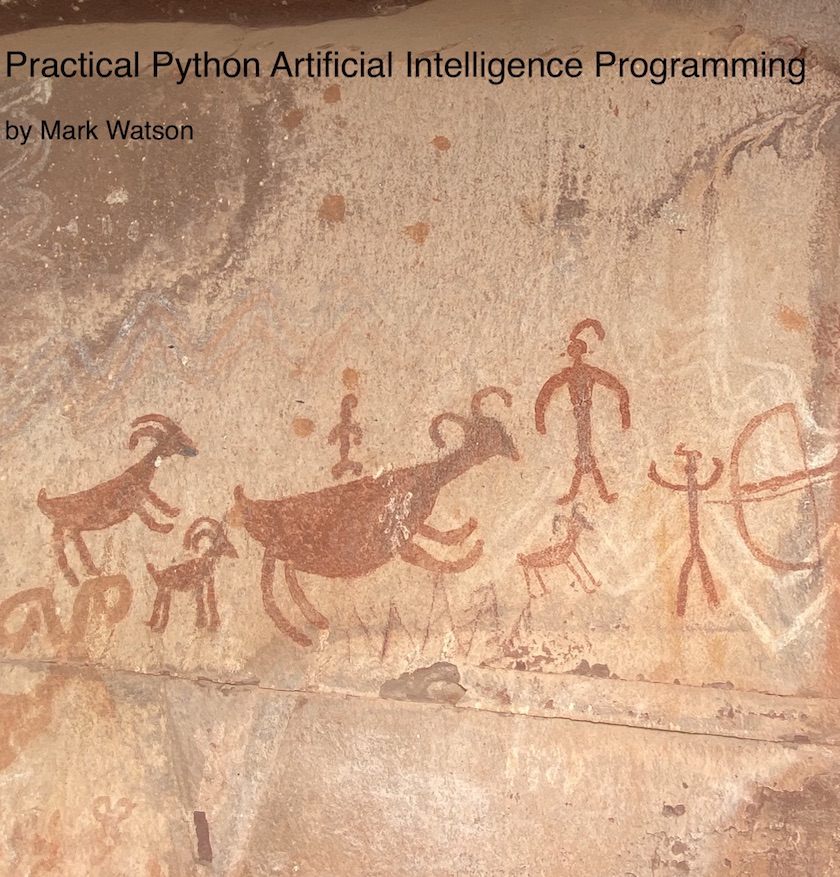
Mark Watson
This book is for sale at http://leanpub.com/pythonai
This version was published on 2023-02-02
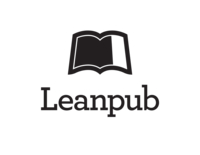
* * * * *
This is a Leanpub book. Leanpub empowers authors and publishers with the Lean Publishing process. Lean Publishing is the act of publishing an in-progress ebook using lightweight tools and many iterations to get reader feedback, pivot until you have the right book and build traction once you do.
* * * * *
Copyright 2022-2023 Mark Watson. All rights reserved. This book may be shared using the Creative Commons share and share alike, no modifications, no commercial reuse license.
This eBook will be updated occasionally so please periodically check the leanpub.com web page for this book for updates.
Please visit my website and follow me on social media.
This book is intended, dear reader, to show you a wide variety of practical AI techniques and examples, and to be a jumping off point when you discover things that interest you or may be useful in your work. A common theme here is covering AI programming tasks that used to be difficult or impossible but are now much simpler using deep learning, of at least possible. I also cover a wide variety on non-deep learning material including a chapter on Symbolic AI that has historic interest and some current practical value.
I try to update my books at least once a year so when purchasing on Leanpub please indicatate that you want to be notified when new editions are available. Updates to new editions are free for my Leanpub books.
My career developing AI applications and tools began in 1982. Until the advent of breakthroughs in deep learning around 2010 most of my development work was in Common Lisp, Java, and C++. My language preference changed when I started spending most of my time creating deep learning models. Python has the most tooling, libraires, and frameworks for deep learning so as a practical matter I have adopted Python as a primary programming language. That said I still also heavily use Common Lisp, Haskell, Swift, and Scheme. I recommend not having an always use one programming language mindset.
Why this book? Some of what I cover here has already been covered in the Common Lisp, Java, Clojure and Haskell artificial intelligence books I have previously written. My goal here is to prioritize more material on deep learning while still lightly covering classical machine learning, knowledge representation, information gathering, and semantic web/linked data theory and applications. We also cover knowledge representation, including: classic systems like Soar and Prolog, constraint programming, and the practical use of relational and graph data stores. Much of my work involves natural language processing (NLP) and associated techniques for processed unstructured data and we will cover this material in some depth.
Why Python? Python is a very high level language that is easily readable by other programmers. Since Python is one of the most popular programming languages there are many available libraries and frameworks. The best code is code that we dont have to write ourselves as long as third party code is open source so we can read and modify it if needed. Another reason to use Python, that we lean heavily on in this book, is using pre-trained deep learning models that are wrapped into Python packages and libraries.
I have written over 20 books, I have over 50 US patents, and I have worked at interesting companies like Google, Capital One, SAIC, Mind AI, and others. You can read all of my recent books (including this book) for free on my web site https://markwatson.com. If I had to summarize my career the short take would be that I have had a lot of fun and enjoyed my work. I hope that what you learn here will be both enjoyable and help you in your work.
If you would like to support my work please consider purchasing my books on Leanpub and star my git repositories that you find useful on GitHub. You can also interact with me on social media on Mastodon and Twitter.
The example code that I have written for this book is Apache 2 licensed so feel free to reuse it. I also use several existing open source packages and libraries in the examples that use liberal-use licenses (I link GitHub repositories, so check the licenses for applicability in your projects). Most of the deep learning examples and the few classic machine learning examples in this book are available as Jupyter notebooks in the jupyter_notebooks directory that can be run as-is on Google Colab (or install Jupyter locally on your laptop) or the equivalent Python source files are in the deep-learning directory. One advantage of using Colab is that most of the required libraries are pre-installed.
The examples for this book are in the GitHub repository https://github.com/mark-watson/PythonPracticalAIBookCode.
A few of the examples use APIs from Hugging Face and OpenAIs GPT-3. I assume that you have signed up and have access keys that should be available in the environment variables HF_API_TOKEN and OPENAI_KEY. If you dont want to sign up for these services I still hope that you enjoy reading the sample code and example output.
The GitHub repository https://github.com/mark-watson/PythonPracticalAIBookCode for my code examples will occasionally contain subdirectories containing code not in the current edition of this book but are likely to appear in future editions. These subdirectories contain a file named NOT_YET_IN_BOOK.md. I plan on releasing new editions of this book in the future.
I have not written original example code for all of the material in this book. In some cases there are existing libraries for such tasks as recommendation systems and generating images from text where I reference third party examples and discuss how and why you might want to use them.
I live in Sedona Arizona. I have been fortunate to have visited close to one hundred ancient Native American Indian sites in the Verde Valley. I took the cover picture at one of these sites.
This picture shows me and my wife Carol who helps me with book production.

I would like to thank my wife Carol Watson who edits all of my books.
I would like to thank the following readers who reported errors or typos in this book: Ryan OConnor (typo).
In the next three chapters we setup our Python programming environment, use the Scikit-learn library for one classic machine learning example, and experiment with what is often called Good Old Fashioned Symbolic AI (GOFAI).
I dont use a single development setup for Python. Here I will describe the tools I use and in what contexts I use them.
When you are setting up a Python development environment there are a few things to consider in order to ensure that your environment is set up correctly and is able to run your code correctly. Here are a few pieces of advice to help you get started (web references: getting started, testing, virtual environments, and packaging):
Font size:
Interval:
Bookmark:
Similar books «Practical Python Artificial Intelligence Programming»
Look at similar books to Practical Python Artificial Intelligence Programming. We have selected literature similar in name and meaning in the hope of providing readers with more options to find new, interesting, not yet read works.
Discussion, reviews of the book Practical Python Artificial Intelligence Programming and just readers' own opinions. Leave your comments, write what you think about the work, its meaning or the main characters. Specify what exactly you liked and what you didn't like, and why you think so.


